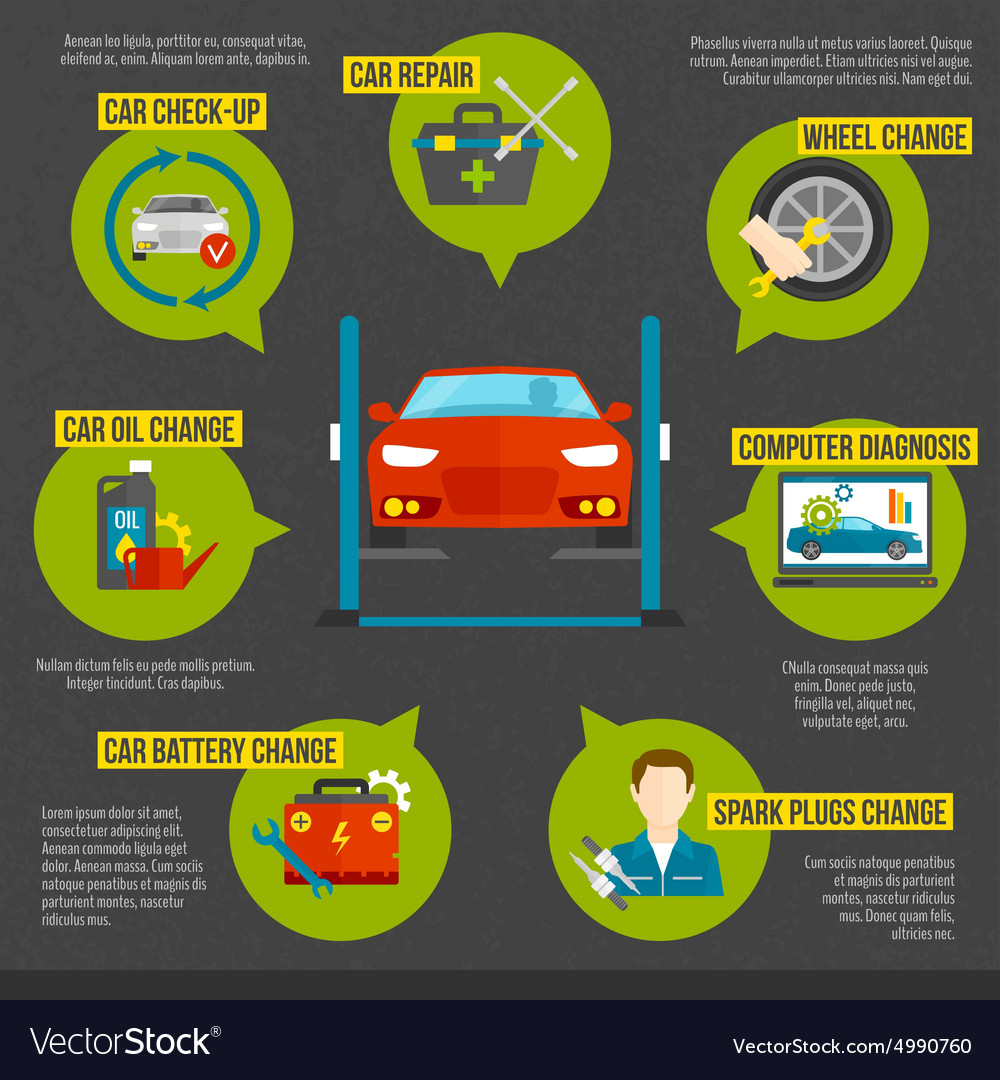Analyzing Your Cars And Truck'S Warning Indicators: What They Truly Convey
Analyzing Your Cars And Truck'S Warning Indicators: What They Truly Convey
Blog Article
Short Article Created By-Samuelsen Dalgaard
When you lag the wheel, those radiant warning lights on your control panel can be a little bit puzzling. Do you know what they're attempting to tell you about your auto's health and wellness? Recognizing boatwash of these lights is vital for your safety and security and the longevity of your lorry. So, the next time among those lights pops up, would not you intend to analyze its message properly and take the necessary actions to resolve it?
Common Warning Lighting and Interpretations
Recognize typical warning lights in your vehicle and comprehend their significances to ensure secure driving.
One of the most regular caution lights include the check engine light, which signifies problems with the engine or exhausts system. If weblink comes on, it's vital to have your car inspected without delay.
The oil pressure warning light shows low oil stress, requiring prompt focus to stop engine damage.
A blinking battery light could recommend a defective billing system, possibly leaving you stranded if not attended to.
The tire stress tracking system (TPMS) light informs you to low tire pressure, affecting automobile security and gas effectiveness. Overlooking this could lead to unsafe driving problems.
The abdominal light suggests a problem with the anti-lock braking system, jeopardizing your capacity to quit quickly in emergencies.
Lastly, the coolant temperature level advising light warns of engine overheating, which can cause severe damages otherwise dealt with quickly.
Understanding these common warning lights will certainly aid you address concerns quickly and maintain risk-free driving conditions.
Value of Prompt Interest
Understanding the common caution lights in your automobile is just the initial step; the significance of immediately attending to these cautions can't be emphasized enough to ensure your safety when driving.
When a caution light illuminates on your dashboard, it's your automobile's method of connecting a prospective issue that requires focus. Overlooking these cautions can lead to extra severe troubles in the future, endangering your safety and security and potentially costing you more in repairs.
Prompt focus to cautioning lights can avoid break downs and crashes. For instance, a flashing check engine light might show a misfire that, if left unattended, can trigger damages to the catalytic converter. Addressing this quickly can conserve you from an expensive repair work.
In a similar way, a brake system advising light might signify reduced brake fluid or worn brake pads, vital components for your safety when driving.
DIY Troubleshooting Tips
If you observe a caution light on your control panel, there are a couple of DIY repairing tips you can attempt before looking for professional assistance.
The initial step is to consult your cars and truck's manual to comprehend what the specific caution light shows. Occasionally the issue can be as basic as a loosened gas cap causing the check engine light. Tightening up the gas cap may settle the issue.
An additional common problem is a low battery, which can activate different alerting lights. Inspecting the battery connections for rust and guaranteeing they're secure may deal with the problem.
If a warning light continues, you can attempt resetting it by disconnecting the automobile's battery for a couple of mins and afterwards reconnecting it. In addition, checking your lorry's liquid levels, such as oil, coolant, and brake liquid, can help repair alerting lights related to these systems.
Verdict
In conclusion, comprehending your vehicle's caution lights is crucial for keeping your automobile running efficiently and securely. By without delay addressing these alerts and recognizing what they suggest, you can stay clear of pricey repair services and possible malfunctions.
Remember to consult your auto's handbook for particular information on each cautioning light and act as necessary to make sure a hassle-free driving experience.
Remain informed, stay safe when traveling!
